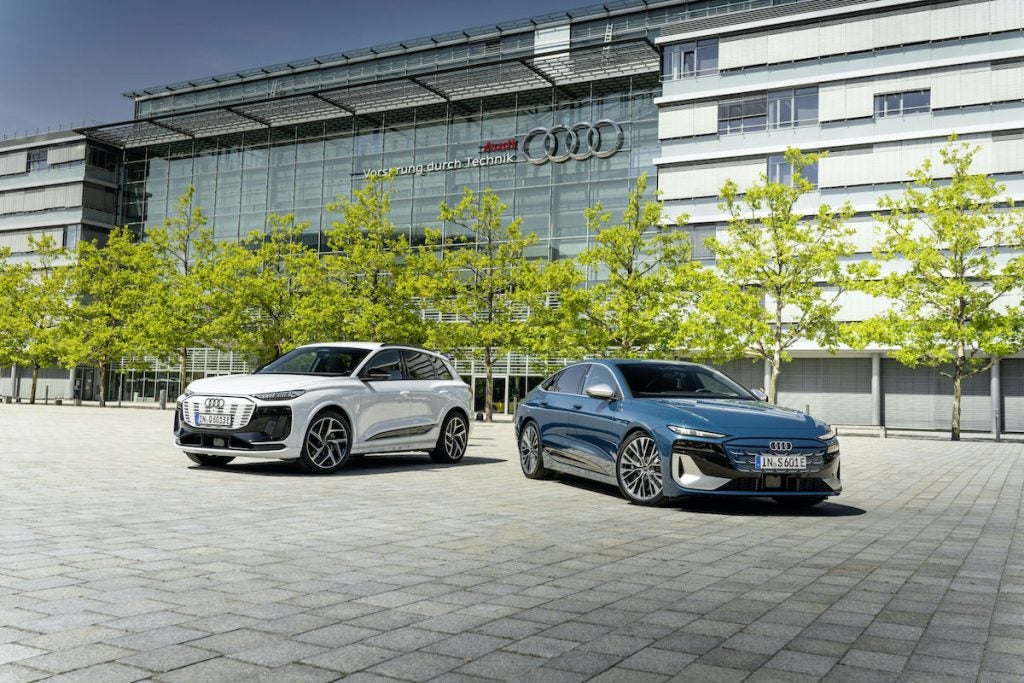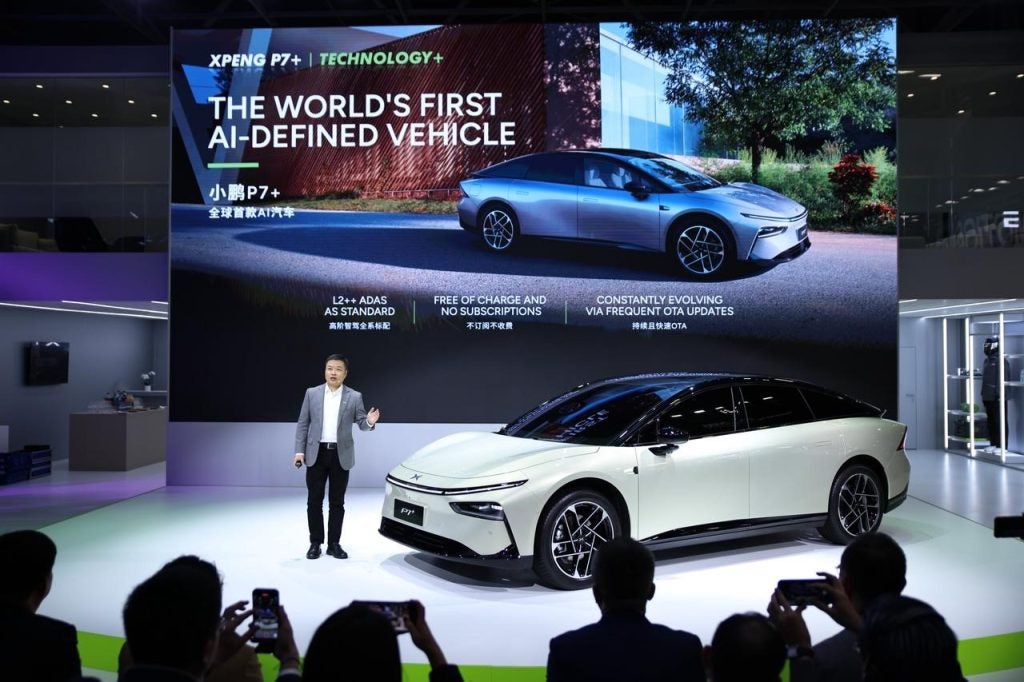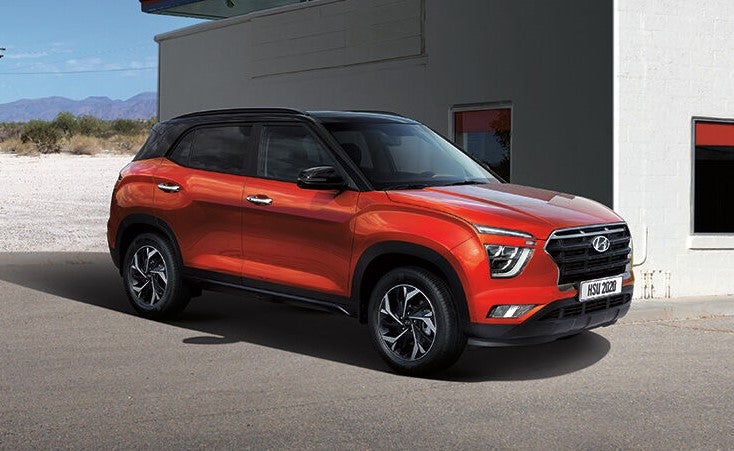The automotive industry continues to be a hotbed of innovation. Activity is driven by connected cars, dependable interface between driver and vehicle, enhancing safety, accurate information and growing importance of technologies such as bifocal plane AR head-up display (HUD), oblique projection AR HUD, and dual vision laser holographic AR HUD. In the last three years alone, there have been over 1.2 million patents filed and granted in the automotive industry, according to GlobalData’s report on Cloud in Automotive: HUD dashboards. Buy the report here.
According to GlobalData’s Technology Foresights, which uses over 619,000 patents to analyse innovation intensity for the automotive industry, there are 290+ innovation areas that will shape the future of the industry.
HUD dashboards is a key innovation area in cloud
A head-up display (HUD) presents the relevant information right in the line of sight of driver. Drivers can customise the information such as warning signals, speed and indicator arrows for navigation to be displayed on the screen without looking down to the instrument collection or the secondary display.
GlobalData’s analysis also uncovers the companies at the forefront of each innovation area and assesses the potential reach and impact of their patenting activity across different applications and geographies. According to GlobalData, there are 20+ companies, spanning technology vendors, established automotive companies, and up-and-coming start-ups engaged in the development and application of HUD dashboards.
Key players in HUD dashboards – a disruptive innovation in the automotive industry
‘Application diversity’ measures the number of different applications identified for each relevant patent. It broadly splits companies into either ‘niche’ or ‘diversified’ innovators.
‘Geographic reach’ refers to the number of different countries each relevant patent is registered in. It reflects the breadth of geographic application intended, ranging from ‘global’ to ‘local’.
Patent volumes related to HUD dashboards
Source: GlobalData Patent Analytics
Denso is a key player in HUD dashboards and has filed 83 patents. Denso displays largest HUD images to be used in a vehicle environment. Its system although in a slightly smaller format has already been installed in Kia’s new K9 luxury car. The company is also in talks with US and European manufacturers over adopting the system. Yazaki, Panasonic, Toyota and Hyundai are the other key players in HUD dashboards
To further understand how cloud is disrupting the automotive industry, access GlobalData’s latest thematic research report on Automotive.
Data Insights
From

The gold standard of business intelligence.
Blending expert knowledge with cutting-edge technology, GlobalData’s unrivalled proprietary data will enable you to decode what’s happening in your market. You can make better informed decisions and gain a future-proof advantage over your competitors.







